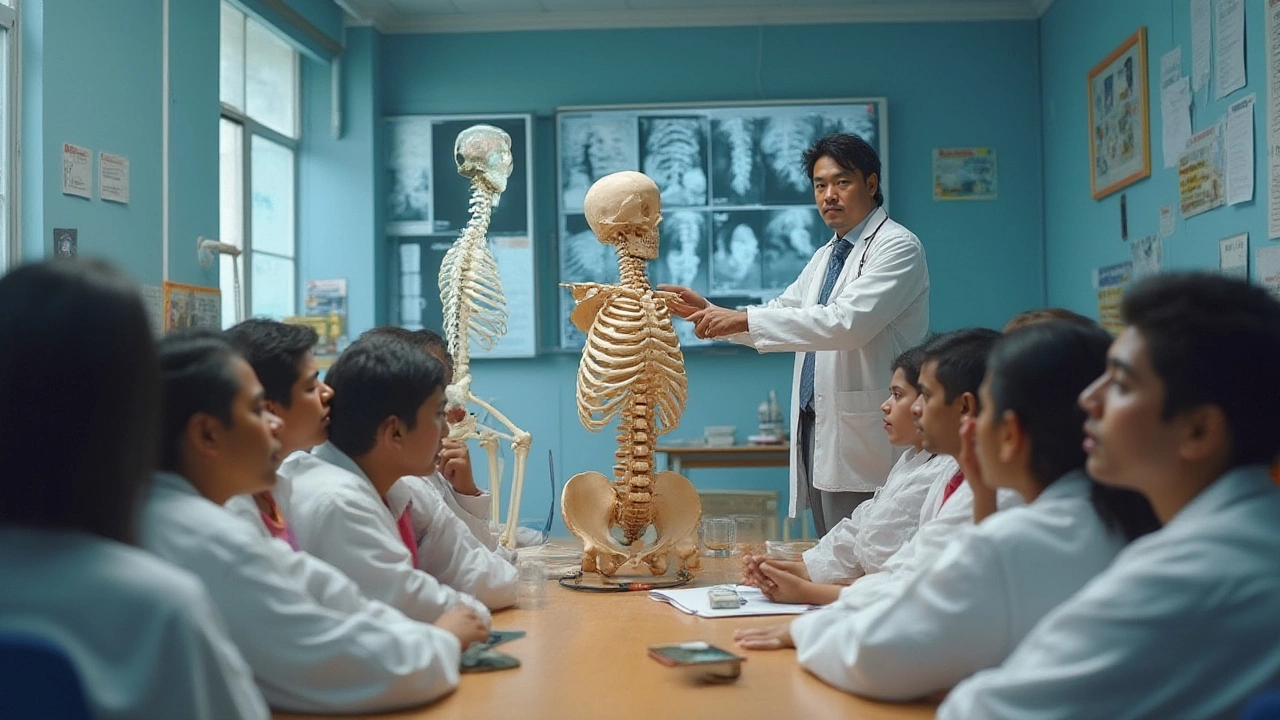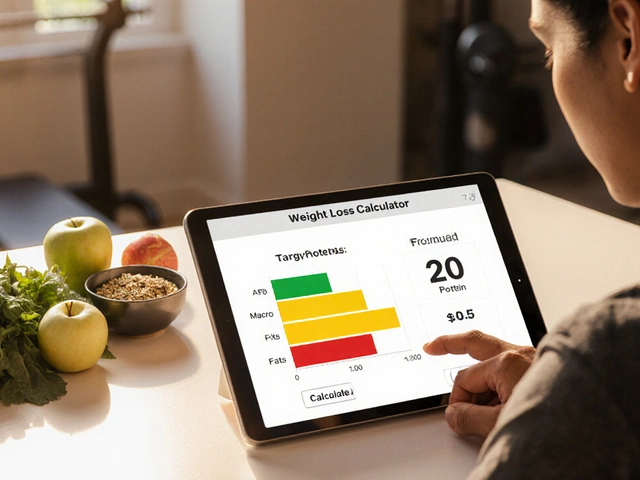Fracture Care: What to Do Right After a Break
Got a broken bone? The first hours matter more than you think. Keep the injury still, apply a cold pack, and call a doctor or head to the nearest emergency room. Avoid moving the limb unless you have to – every wiggle can mess with the alignment and make healing slower.
When the doctor sees you, they’ll likely order an X‑ray. This lets them check how clean the break is, whether the pieces are lined up, and if you need a cast, splint, or surgery. Ask them what type of fracture you have – simple (clean break) or complex (multiple pieces or any displacement). Knowing that helps you understand the treatment plan and what to expect.
Managing Pain and Swelling
Pain is normal, but you can keep it under control without over‑medicating. Over‑the‑counter NSAIDs like ibuprofen work well for both pain and swelling, but take them with food to protect your stomach. If the doctor prescribes stronger painkillers, use the lowest dose for the shortest time to avoid side effects.
Swelling usually peaks in the first 48 hours. Elevate the injured area above heart level whenever you can and keep the cold pack on for 15‑20 minutes every couple of hours. This combo reduces fluid buildup and eases stiffness.
Rehab Basics: Moving Toward Healing
Once the cast or splint is on, you might think you have to stay still forever. Not true. Controlled movement, as soon as the doctor says it’s safe, prevents muscle loss and joint stiffness. Simple finger or toe wiggles, ankle pumps, and shoulder rolls can be done even with a cast.
Physical therapy becomes the star of the show after the immobilization phase. A therapist will guide you through range‑of‑motion exercises, strength training, and balance work. Stick to the schedule – missing sessions can set you back weeks.
Nutrition also speeds bone repair. Load up on calcium‑rich foods like milk, yogurt, and leafy greens, and add vitamin D sources such as sunlight or fortified foods. Protein helps rebuild tissue, so include lean meat, beans, or tofu in meals.
Stay hydrated, get plenty of sleep, and avoid smoking or excess alcohol. Both habits interfere with bone matrix formation and can delay union.
Finally, monitor your progress. If you notice increased pain, numbness, or a change in skin color around the cast, call your doctor right away. These could be signs of circulation problems or infection.
Healing a fracture isn’t magic; it’s a mix of proper first aid, disciplined rehab, and good habits. Follow these steps, keep the lines of communication open with your healthcare team, and you’ll be back on your feet faster than you expect.

The 4 A's of Orthopedics Explained: Key Pillars for Bone Health
Discover the 4 A's of orthopedics: Alignment, Apposition, Apparatus, and Activity. Learn what they mean with real examples, helpful facts, and advice.




